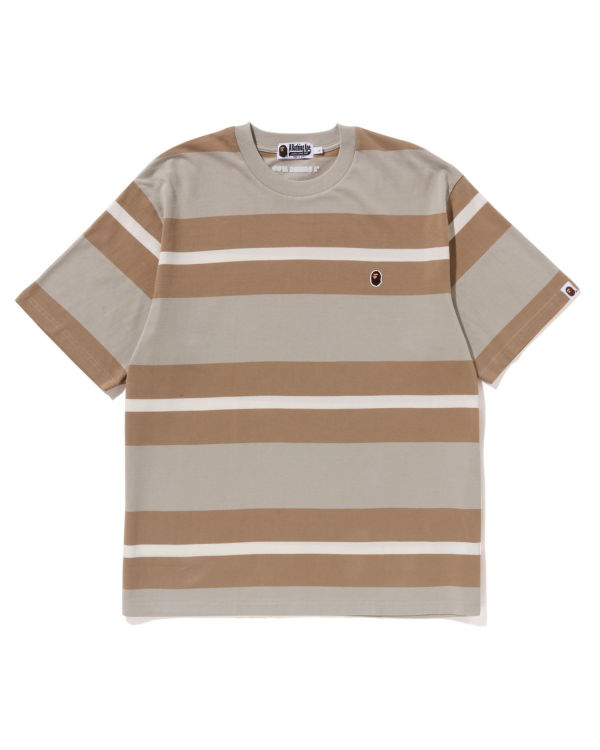Bape, also known as “A Bathing Ape,” is a Japanese streetwear brand that has gained a significant following in the world of hip-hop and pop culture. The brand’s unique designs and signature camo patterns have become iconic symbols in the music industry and have played a crucial role in shaping the cultural landscape. In this blog post, we will explore the four key points that highlight the cultural significance of Bape shirts in hip-hop and pop culture.

The Rise of Bape in Hip-Hop
Bape’s journey into hip-hop culture started in the early 2000s when prominent hip-hop artists began embracing the brand. Rappers like Pharrell Williams, Kanye West, and Lil Wayne were among the first to wear Bape shirts, bringing the brand into the limelight and introducing it to a wider audience.
The association between Bape and hip-hop created a cultural phenomenon. Bape shirts became synonymous with the hip-hop lifestyle, representing a sense of fashion-forwardness and a connection to street culture. The brand’s bold designs and vibrant colors resonated with the energy and creativity of the hip-hop community, solidifying its place in the genre’s cultural narrative.
Bape’s Influence on Streetwear Fashion
Bape’s impact on streetwear fashion cannot be overstated. The brand’s unique designs and signature camo patterns have become instantly recognizable symbols in the fashion world. Bape shirts have been instrumental in shaping the aesthetics of streetwear, inspiring countless brands and designers to incorporate bold graphics and playful characters into their designs.
The influence of Bape on streetwear fashion goes beyond its designs. The brand’s limited availability and collaborations with high-profile artists and brands have set a standard for exclusivity in the industry. Bape shirts are often seen as status symbols, representing an individual’s taste and knowledge in streetwear culture.
Bape’s Collaboration Culture
Collaborations have been a vital part of Bape’s brand strategy, contributing to its cultural significance in hip-hop and pop culture. The brand has collaborated with a wide range of artists, designers, and brands, creating limited edition collections that generate immense buzz and demand.
Bape’s collaborations with hip-hop artists such as Pharrell Williams and Kid Cudi have been particularly influential. These collaborations allowed artists to infuse their unique style into Bape’s designs, creating a fusion of fashion and music that resonated with fans. Bape’s collaborations bridged the gap between the music and fashion industries, solidifying its position as a cultural icon in both realms.
Bape’s Pop Culture References
Bape shirts have also become prominent in pop culture references, further cementing their significance beyond the realms of music and fashion. Bape’s collaborations with popular anime series like Naruto and One Piece have made the brand a favorite among anime fans, creating a crossover between streetwear fashion and Japanese pop culture.
Moreover, Bape has made appearances in movies and TV shows, becoming part of the visual storytelling in popular media. These references establish Bape shirts as recognizable symbols in mainstream culture, reaching audiences beyond the hip-hop and streetwear communities.
In conclusion, Bape shirts hold significant cultural importance in hip-hop and pop culture. The brand’s rise in hip-hop, influence on streetwear fashion, collaboration culture, and pop culture references have all contributed to its iconic status. Bape shirts are not merely clothing items, but symbols of creativity, fashion-forwardness, and cultural appreciation. As hip-hop and pop culture continue to evolve, Bape’s influence and cultural significance remain evident, solidifying its place as a timeless icon in the ever-changing landscape of music and fashion.